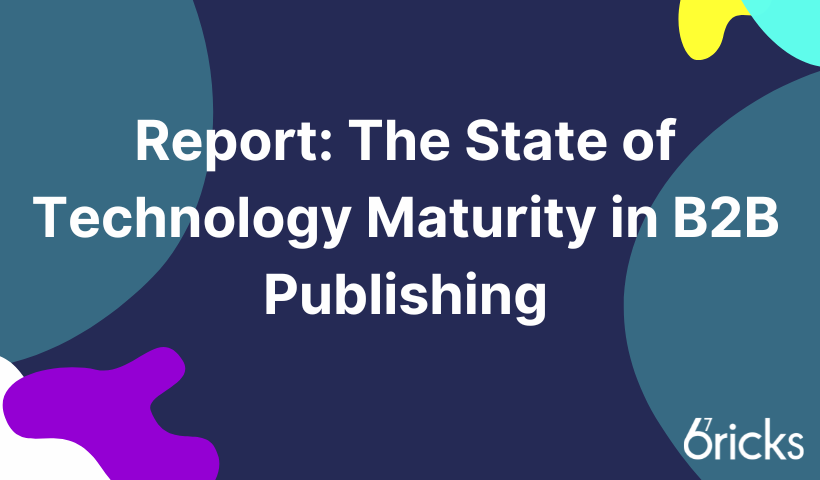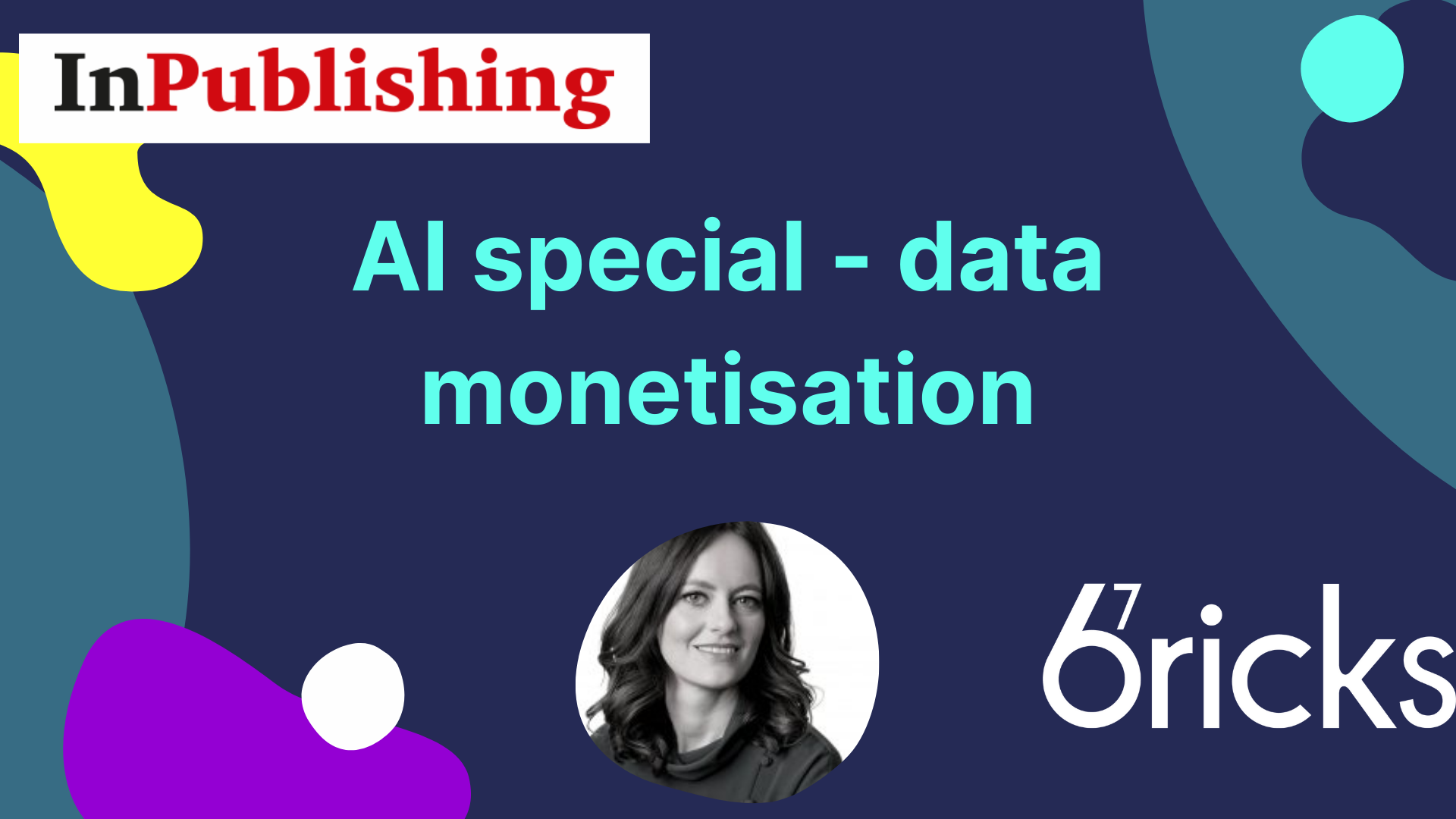The latest Collingwood report is out, and it’s music to our ears. Their research and reasoning chime with many of the conversations we’ve been having with companies across multiple verticals.
Here are our thoughts on the implications for B2B intelligence companies, events and media businesses…
AI strategy is non-negotiable
As a technology consultancy, we’ve been in at the ground floor on this for a while, both in terms of offering AI consultancy and product development to information businesses, but also providing AI due diligence work for potential acquisitions.
The tide we see turning now is that this goes well beyond where many companies currently are - namely, that AI is a threat they need to defend against. That ship has sailed, and, in our opinion, companies still stuck in defensive positions are the most at risk.
Yes, as the report notes, companies absolutely need to understand AI’s impact on their market, whether they’re in media, events or B2B intelligence. But an AI strategy must go beyond merely identifying these threats and offer a considered plan to reposition the company, taking in both the operational efficiencies which AI creates as well as the opportunities for new products, services and data monetisation that were previously not possible. AI has the potential to actually unlock many of the benefits previously touted by the promise of Big Data, so companies would be wise to consider it a boon as well as a risk.
See more on this in our InPublishing article from the beginning of 2025 : InPublishing: Looking back, facing the future
B2B intelligence companies need to maintain their proprietary data moat with indispensable workflow integrations
We’ve talked previously about the ‘moat’ that proprietary data can provide in a world where trusted answers are becoming increasingly important and LLMs are mimicking insights with data scraped from public (and sometimes not so public) sources. The Collingwood report echoes our thoughts here, and counsels information companies to niche down into their communities, ensuring their data truly cannot be found elsewhere and creating ways to integrate it deeply into customers’ workflows. This strategy, focused on driving subscription revenue and increasing customer stickiness, is one that also attracts investment interest. Buyers will continue to pay a premium for unique datasets, as long as they are truly unique.
On the flipside, AI is also an opportunity. The report notes that ‘A number of Collingwood’s clients – that hold first party data – are investing heavily in AI, building products to enable their audience to extract greater value from their proprietary information, and allow their business to capture more of that value through increased revenues’. This is a trend we’re seeing too, and something we’re also pushing our clients to consider with AI tools based on proprietary datasets like our new AI deep research assistant and our AI-generated podcasts tool. Beyond that, using AI to power horizon scanning, trend tracking and future forecasting tools is something we’re exploring with companies with huge datasets that can power actionable insights. The ongoing goal is to provide our clients’ customers with as much confidence in their decision-making as possible, and the predictive power of AI at scale is making that reality much more achievable.
For more on this, see our article on Prescriptive intelligence at the point of need: (6) Welcome to Issue 7 | LinkedIn )
Events companies should consider ‘total audience value’ - and that includes maximising their data opportunities
Events have seen a great resurgence in recent years, as personal experiences continue to drive real value for both customers and businesses. But relying on that alone is not enough. We’ve argued before that events businesses are data businesses, and that there is huge opportunity in leveraging that data to create better customer experiences and drive new revenue streams year-round.
As Collingwood’s report notes, there is a ‘growing importance of curated one-to-one meeting models, which provide demonstrable value and foster deeper commercial connections between buy- and sell-side audiences. Underpinning this is the increasing use of sophisticated data analytics to understand audience behaviour, drive growth, and personalise experiences’.
In a recent article, our CEO Jennifer offered her thoughts on all the ways events companies could behave more like data companies and maximise their value by leveraging AI to their advantage: AI and events | LinkedIn.
Media businesses are in crisis, and need a clear AI strategy to succeed
The landscape for media businesses is a gloomier one, with valuations flat or falling and buyer appetite muted. Advertising-funded models are under significant pressure from GenAI, and the attention economy is being flooded with cheaply created content at the same time that AI-generated overviews are shrinking traffic generated from search (our Head of Marketing addressed this topic in her recent article on the enduring value of brand : (1) Why brand might be the key to surviving the AI-pocalypse | LinkedIn). As a result, the pressure to evolve towards more sophisticated, data-rich marketing services is growing more acute in order to retain marketing budgets.
In this sector, trade deals are the most frequent, suggesting that trade buyers are looking to scale through opportunistic acquisitions. Here, we see a big opportunity for the content and data secured through those acquisitions to fuel new product development. Media companies that can build propositions around newly-gained first-party proprietary data, delivering intent-driven demand generation and insights, will secure their positions with their clients and retain or grow their value despite falling advertising sales.
So is it good or bad news?
Our favourite lesson from the report is the ‘flight to quality’. It’s no surprise that, amidst ongoing challenges presented by global market forces, technological disruption, and a war on trust and expertise, the companies that own the best quality assets are still able to command a premium valuation. For companies with an appetite to actively pursue the best customer experiences, the future looks bright. For 67 Bricks, that’s exciting, because our ideal clients are those who are both dialled into their customer needs and brave enough to look beyond their BAU to find new ways to make themselves indispensable.



